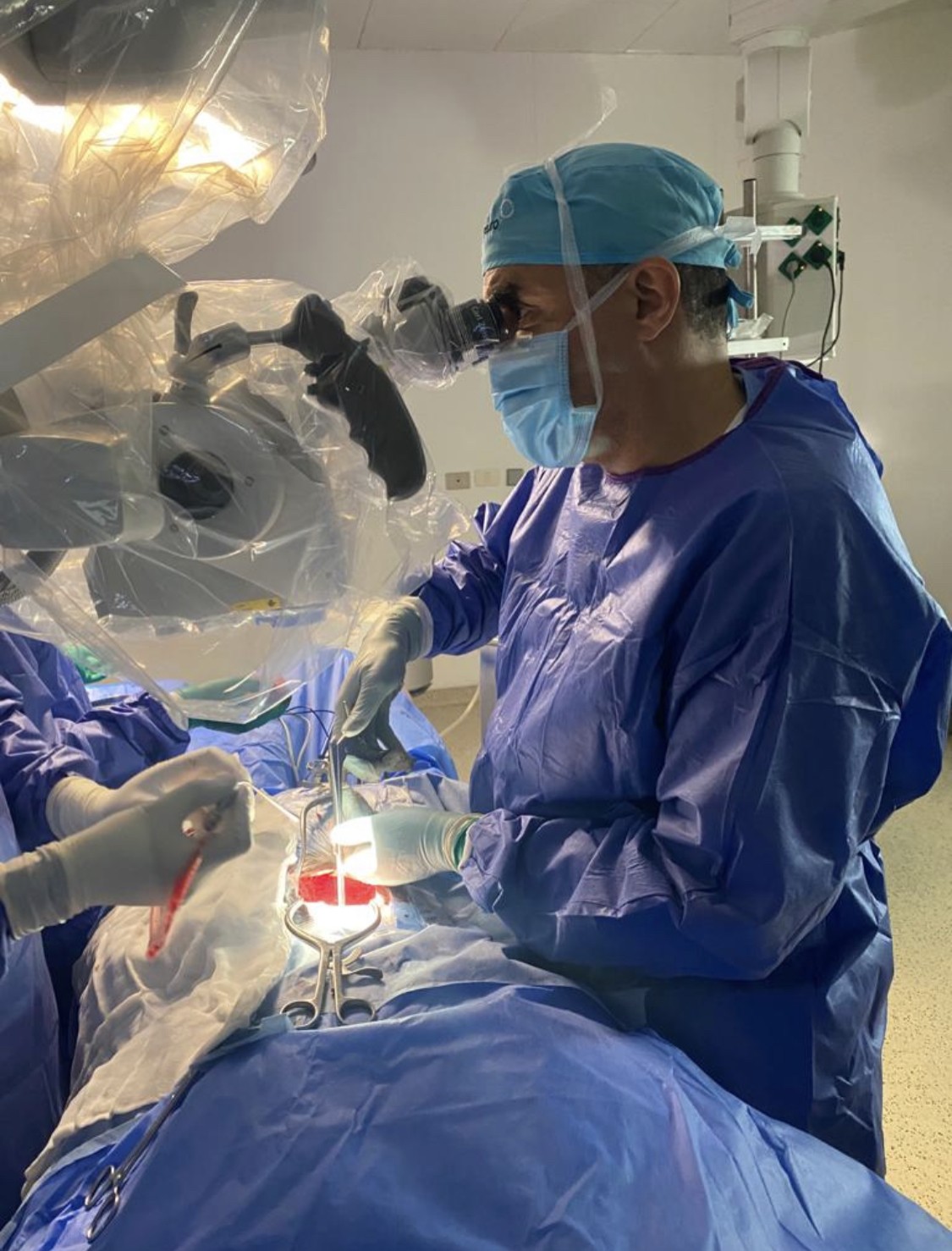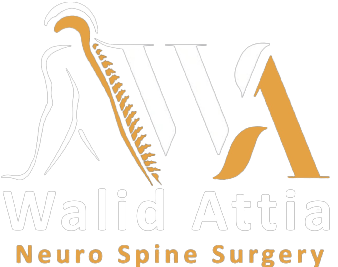lumbar

lumbar
Lumbar
What is a herniated lumbar disc?
It is considered one of the most common causes of back and spine pain, which can negatively affect the sufferer’s life and daily activities significantly. Like other types, it affects the spine and causes lower back pain. One vertebra moves forward over the next, and the moving vertebra may put pressure on the onset of nerves in this area, causing the patient to feel pain or numbness in the extremities.
What are the causes of a herniated lumbar disc?
A herniated disc does not occur suddenly, but it can occur as a result of aging in many cases, and it may be caused, or it may occur without any obvious reasons. A large amount of water enters the composition of the cartilage, and this is what makes it work efficiently as an absorption cushion. Shocks, but with age, the disc begins to lose part of this water, and this makes its hard outer part more fragile, and more susceptible to tearing when performing seemingly simple and ordinary movements, such as picking up some things from the ground or carrying heavy bags.
How can a herniated lumbar disc be treated?
Treatment of a herniated disc depends on many factors, such as the degree of herniation, the symptoms that the patient suffers from, his age, and the patient’s general health condition. There are two options for treating a herniated disc: surgical treatment and non-surgical treatment. Surgical treatment (herniated disc surgery) is indicated in certain cases, including advanced herniated disc cases, cases that suffer from severe pain, and cases that have not responded to other treatment methods.
What are herniated disc surgeries?
Surgeries for a herniated lumbar disc are as follows:
1. Cutting or removing the laminae:
The lamina is a thin bone that forms the back of the vertebrae and works to protect the spinal cord. The surgeon may resort to making a hole in the lamina to relieve pressure on the spinal cord and nerve roots. In some cases, the surgeon needs to remove the lamina. The vertebral column is completely removed, and the doctor makes a small incision through which he reaches the vertebrae.
2. Artificial disc implantation:
This surgery is performed under general anesthesia. The doctor makes an incision in the abdomen through which he reaches the affected disc in the lower back. This disc is replaced with an artificial disc made of metal or plastic. For this operation to be successful, the cause of the problem must be one disc. Only that the patient does not suffer from arthritis or osteoporosis.
3. Spinal fusion:
The idea of this surgery is based on fusing two or more vertebrae permanently, to stabilize the spine, especially after undergoing other surgeries such as removing the dorsal plate or removing a herniated disc. For this fusion, bones from another area of the patient’s body and materials that stimulate bone growth are used. And special screws to stabilize the bone.

